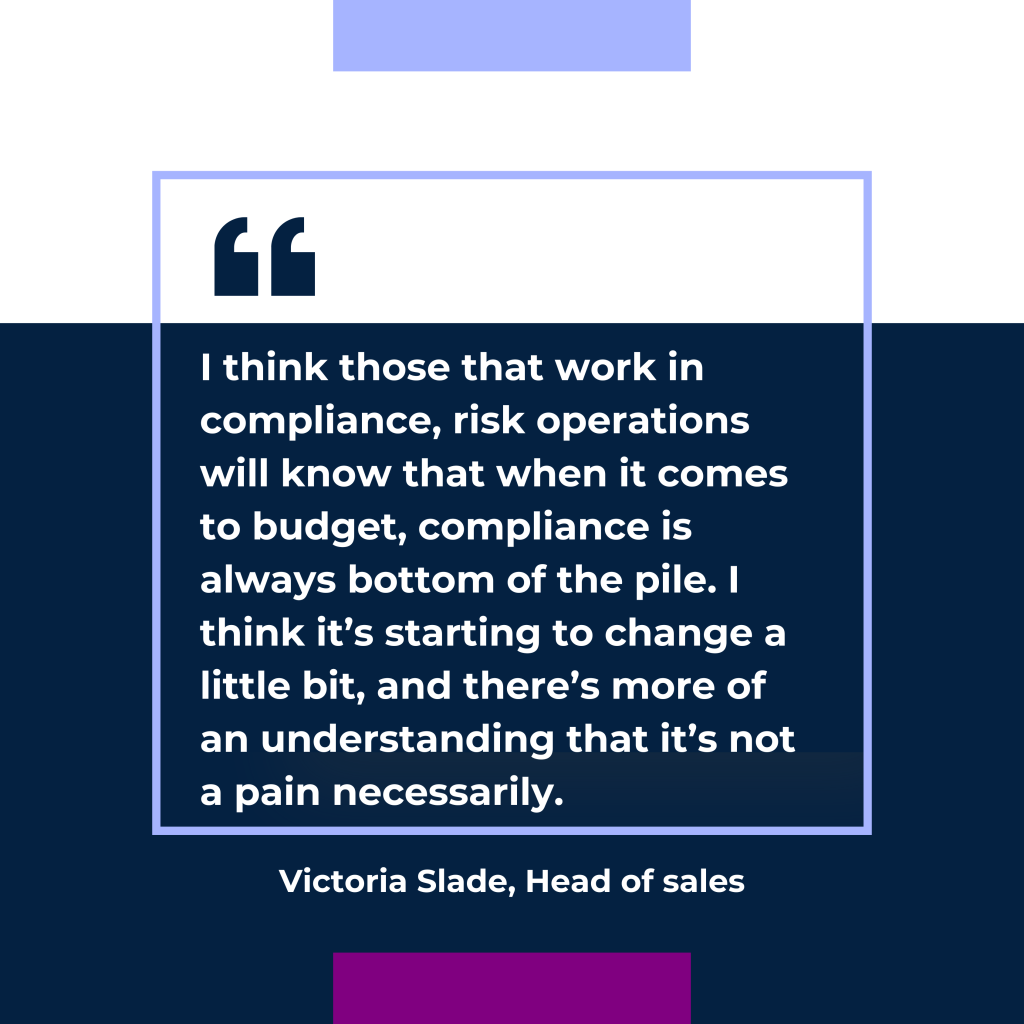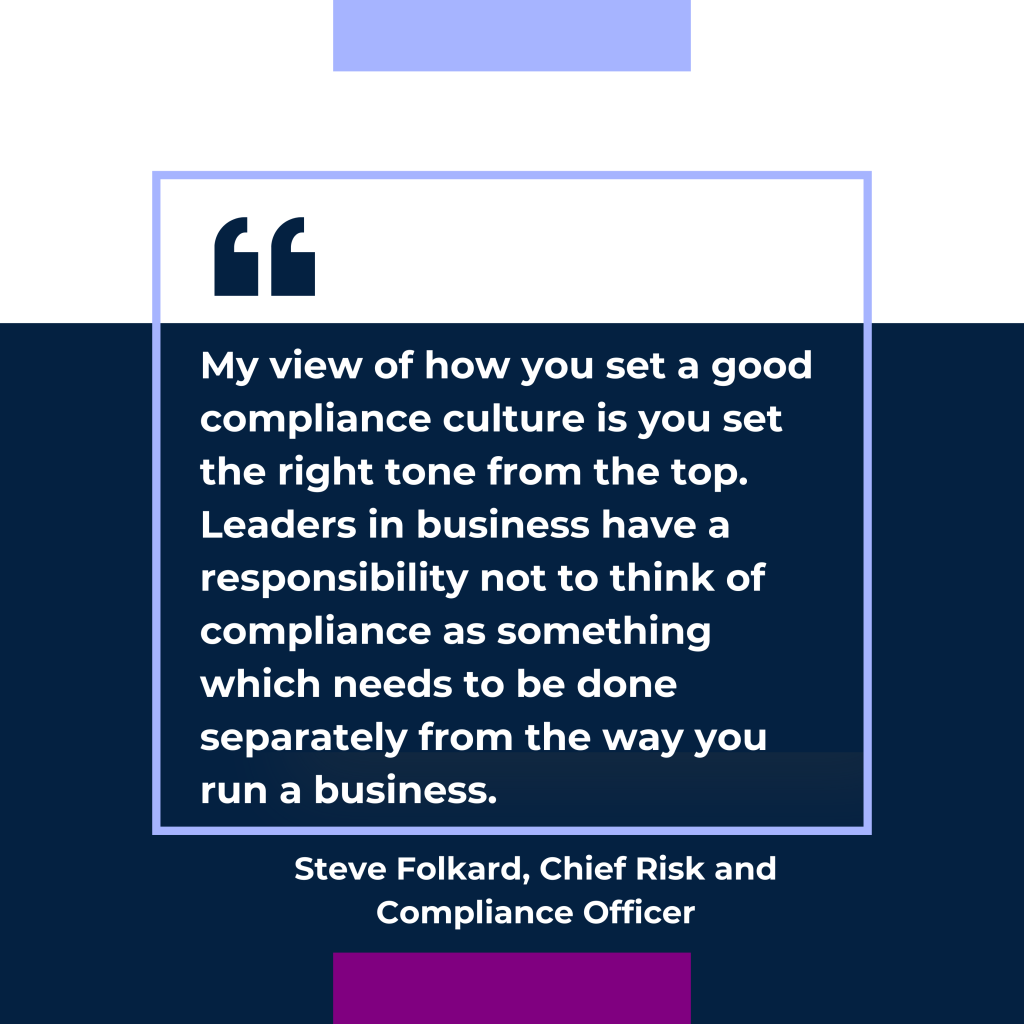Insurance Post Webinar: Easing the Regulatory Burden to Allow Insurers And MGAs to Prosper
As the regulatory landscape continues to tighten its grip on the insurance industry, on 30th January 2025, industry leaders gathered for a live webinar hosted by Insurance Post in association with REG Technologies to tackle how insurers and MGAs can navigate these challenges while remaining competitive...























